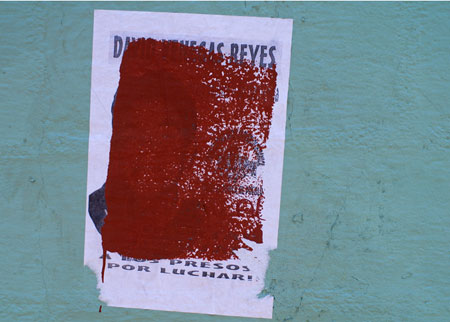
I came a cross some really beautiful images while looking for some visual references for a comment I wanted to post on Josh’s review of Protest Graffiti Mexico: Oaxaca. Photographer, Aaron Tukey, shoots some really incredible images and writes about graffiti and the government attempts to erase political messages of the APPO. You can check out the slide show War of the Walls: Rebellion and Graphic Art in Oaxaca on his website.
Aaron compares the erasure of “street art” and the more political graffiti
in his images and essay (attached below). You may recognize a paper cut-out by Swoon in one of the images. This was installed in Oaxaca during the teacher’s strike, yet before the APPO uprising. Its existence after the repression of the movement seems to support Aarons observation of selective buffing by Oaxacan authorities.
Aaron’s essay:
When I first started following the uprising in Oaxaca, Mexico, I must admit that I was dismayed to hear that artist-activists were tagging buildings with revolutionary graffiti, including some centuries-old colonial gems like the church of Santo Domingo. In the officialist local press, these activists were invariably labeled as “vandals” – despite my general sympathies for the social movement in Oaxaca, I was initially inclined to agree with that description.
But when I traveled to the region in the spring of 2007 – for the first time in many years – I found myself rethinking the simplistic picture I had been handed of the architectural patrimony of Oaxaca falling victim to rampaging anarchists. I found that the city of Oaxaca had indeed been substantially vandalized since I visited last – but the most lasting and damaging vandalism was inflicted at the hands of the State, with support from local business elites. In the war over Oaxaca’s walls, I began to see reflections of broader questions over the incremental enclosure of public space, and the role of art in social change.
At the center the current storm of social unrest in Oaxaca is the state governor, Ulises Ruiz Ortiz, who is widely believed to have gained office through electoral fraud, and who has since become a poster child for neoliberal privatization schemes, violent repression of political opponents, and large-scale infrastructure and resource-extraction projects which have accelerated the displacement of rural peasants. Thus, in May of 2006, what would normally have been a routine annual strike by educators from the local chapter of the national teachers’ union took on much wider significance, far beyond the usual demands for a living wage and better school conditions.
A point of no return was effectively reached when, in the wee hours of June 14, 2006, Mr. Ruiz, known on Oaxaca’s walls by the acronym “URO” and by an assortment of less charitable terms, attempted to quell the teacher demonstrations by force. The heavy-handed tactics backfired badly when the teachers and multitudes of enraged sympathizers regrouped and retook the Zócalo, the city’s main square, from municipal police. The ensuing five month siege of the city’s historic center became a rallying point for a whole host of pent up issues of social inequality, some with roots running centuries deep.
This colonial center of Oaxaca has traditionally offered a network of open public spaces, with several large plazas, churches, and markets connected by pedestrian paths and clustered around the biggest public space of them all: the majestic Zócalo. However, these once public venues are being converted – little by little, and accelerating under the helm of Ulises Ruiz – into private sources of profit for Oaxaca’s urban elites and for the neoliberal political parties which predominantly cater to them.
Perhaps the most vivid illustration of this has been the major remodeling of the Zócalo embarked upon shortly after Ulises Ruiz took office in 2004. Under the guise of modernization and “improvement”, this massive public works project served primarily as a vehicle for transferring public funds (to the tune of some $150 million) into the hands of private construction firms allied with URO. It also served to break up the vast public space, having the subtle effect of herding people towards the privately owned establishments ringing the square, and discouraging “backwards” elements of the informal economy – small vendors, beggars, and shoe shines – from carving out a bit of turf. The latter must now operate from officially sanctioned and licensed pedestals.
In the plazas of Santo Domingo and Alameda, and in the Zócalo itself, ancient stone slabs, pock-marked and softly rounded by centuries of foot traffic, were replaced by rigid geometries, uninvitingly sharp edges and concrete moldings. Ironically, while city workers busily scour the walls and paint over “socialist” graffiti, the city’s celebrated colonial squares are being remodeled in the architectural style of Socialist Realism, with all the charm of Lenin’s mausoleum. All of these changes were launched with little to no input from civil society, instead narrowly expressing some elites’ imported conception of what it means to be “developed”, culled perhaps from imperfect recollections of shopping trips to Miami.
These enclosure tactics implemented under the guise of modernization – including the installation of computerized parking meters, the sanitizing and monetizing of cultural events such as the Guelaguetza folkloric festival, and the conversion of previously self-sustaining farming communities into giant handicraft outlets – serve the broader purpose of offering up Oaxaca’s rich cultural heritage as an enormous commodity, cleaned up and deformed to appeal to foreign tastes; the “bait”, if you will, that attracts visitors to the city’s ever more upscale selection of boutiques, swanky night clubs, and posh hotels. Oaxaca increasingly feels like a Disneyland theme park, with its poor indigenous majority serving as props as mute as theme park workers enshrouded in the costumes of the Seven Dwarfs.
Vandalism, indeed.
With public ground space dwindling, it may be said that public discourse has been increasingly forced up onto the city’s walls. But it is important to note that the walls of Oaxaca have always been a riotous canvas, long before this latest incarnation of rebellion. Hand-painted public health announcements, campaign ads, and popular logos are a cottage industry throughout Mexico, competing for wall space with loud posters for everything from dueling ranchera bands to wrestling mega-events. Layer upon layer of public messages pile upon on another in an anarchistic frenzy reminiscent of Jackson Pollack, until a suitably frappant coating of paint is splashed on top of all that to start the process anew. Eventually, the stucco crumbles, the layers peel off, or the entire fabric disintegrates, revealing underneath a vivid archaeology of pop culture.
So too is there a long tradition in Mexico of political murals, stencils, and lithographs. Muralists such as Diego Rivera, David Alfaro Siquieros, Jose Clemente Orozco, and Oaxaca’s own Rufino Tamayo once enjoyed official state patronage in the early years of the Mexican revolution. But even then, like today, when their public murals clashed with private bourgeois tastes, offending works were sometimes painted over.
In other words, even in the colonial city center, it is not quite accurate to say, as is often charged in the elite press, that the brightly colored walls of Oaxaca were pristine slates, recently defiled by a nouveau barbarian horde. It is this continuity with popular tradition that I hope to convey in this photographic series.
Graphic political art, however, is one Oaxacan handicraft that is not at all appreciated by the exclusive vendors of a post-card culture. It is important to know that this photographic series was done in the period following November 25, 2006, when demonstrators were forcibly dislodged from the historic city center by federal police in riot gear. In this post-crackdown era, the walls of the city have come under strict censorship, with teams of city workers fanning out to paint over political graphics almost as soon as they are rendered. Were it that ambulance services responded in such a timely manner. As one gringo tourist recently opined, “Here they are finally doing what we learned back in New York: that the best way to deal with these vandals is to immediately paint over their filthy graffiti – eventually they stop doing it.”
Graffiti abatement in itself, however, does not appear to be the main mission of URO’s crack squadrons of counter-painters. Oaxaca, like many modern cities, has long been plagued by the random sprayings of disaffected adolescents – yet only graphics deemed “political” are targeted for eradication (see, for instance, image 32). Clearly, the major goal here is the suppression of the political message itself, over and above the questionable use of public resources to ostensibly protect private property from vandals. The economics of this selective censorship are fairly simple: since the War of Walls began, the price of paint has shot up dramatically.
Moreover, the covering over of political graphics is part of a larger coordinated campaign by the government and local business elites to create the illusion of a return to normalcy following the violent suppression of the social movement. Since tourism, which dropped dramatically after the conflict began, is the golden goose of the business community here, there is a strong vested interest in portraying a sense that all of this unfortunate, temporary rabble-rousing has now been neatly resolved.
Ironically, the hasty patchwork of paint-overs – often with the underlying graphics just bleeding through – stand as poignant public testimony to continuing political repression and to the very anormalcy of life in Oaxaca, thus somewhat thwarting the objectives of the normalcy campaign. Curiously, the paint-overs are themselves of artistic interest, their abstract patterns and color schemes accidentally reminiscent of the multiform works of Mark Rothko (ironically, Rothko bitterly protested the covering over – at the hands of John D. Rockefeller – of Diego Rivera’s political mural “Man at the Crossroads” ).
In this cat-and-mouse game pitting activist graphic artists against anti-graffiti brigades, some parallels can be made with the tactics used by Canto Nuevo (“New Song”, or protest) musicians in Chile under the dictatorship of Augusto Pinochet. Immediately following the violent repression of the popular movement in 1973, the military junta in Chile instituted a period of blanket artistic censorship known as the apagón cultural, or “cultural blackout”. To avoid government censors, New Song musicians during this period relied on allegory, metaphor, double meanings, and sarcasm to communicate their social message. The evasion of censorship through the development of a subtle, parallel popular lexicon is greatly aided by a distinguishing characteristic of bureaucratic authoritarian regimes: they have very limited ability to receive feedback from the general populace, making them particularly out of touch with popular nuance.
Similarly, wall artists in Oaxaca have begun to develop a more subtle visual language, and to speak about deeper political issues. While simple, sloganistic graffiti and critical caricatures of URO automatically trigger an immediate swath of paint from the cleanup brigades, walls featuring allegorical criticisms of consumerism, for instance, will often escape such “rehabilitation”. The deciphering of hidden meanings also necessitates a greater search on the part of mass audiences. As opposed to the passive consumption of political propaganda or advertising, this more active seeking out of meanings furthers the process of what Brazilian sociologist Paulo Freire termed conscientização.
An interesting example of the use of the double entendre can be seen in image 64, depicting two masked wrestlers under the banner La Lucha Sigue. The Spanish word lucha can indeed mean “wrestling” (lucha libre), which fits the literal interpretation of the scene. However, lucha can more generally mean “struggle”, as in the popular social struggle. The allegory is readily apparent when one considers that the ever popular sport of wrestling in Mexico almost always features epic battles between Good and Evil. The title echoes the defiant cries of La lucha sigue y sigue!, or “The Struggle continues and continues!”, a popular slogan shouted during protest marches following the violent November crackdown.
And indeed, the struggle continues in Oaxaca, even while the counter-campaign to portray a return to normalcy ramps up in anticipation of the summer tourist season. A series of stories have recently sprung up in newspapers across the US, most based on interviews solicited by local business entities, running variations of the promotional theme “Oaxaca is open for business!”. Meanwhile, some 40 political prisoners from the social movement remain incarcerated in the distant state of Nayarit on charges ranging from sedition to vandalism. Yet, despite intimidation tactics and the jailing of its leaders, the popular movement has demonstrated remarkable staying power, organizing several marches this spring which have attracted over 100,000.
It must also be said, however, that even with political tensions running very high, Oaxaca is generally safer than most US cities. Tourists should not hesitate to visit – but they should do so under no illusions that the social struggle has miraculously evaporated.
La lucha sigue y sigue.
New Haven, May 7, 2007
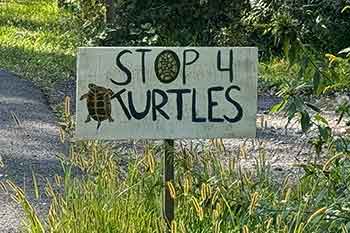

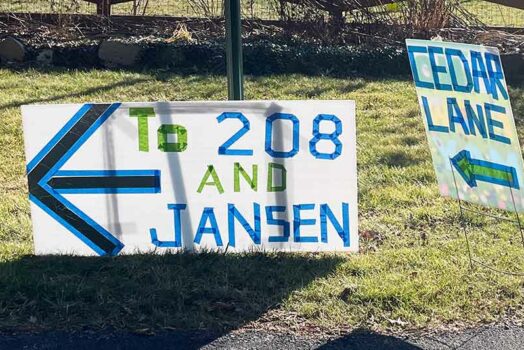
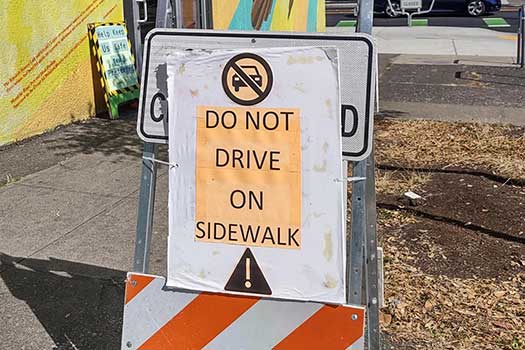
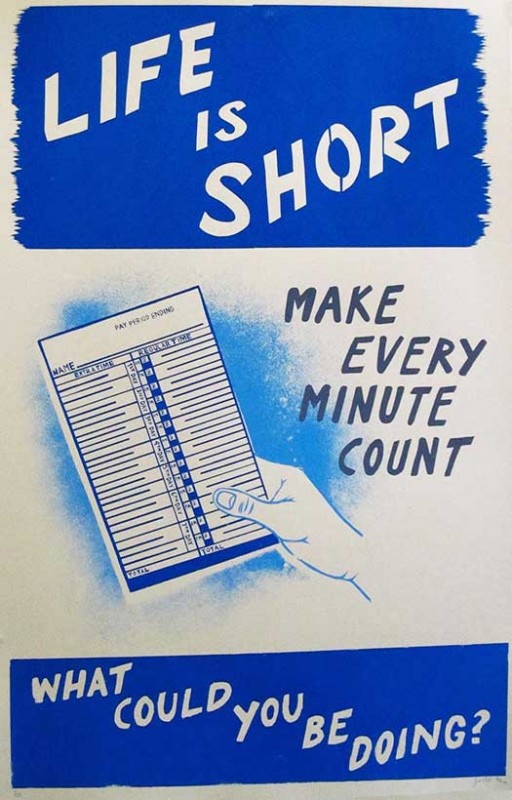
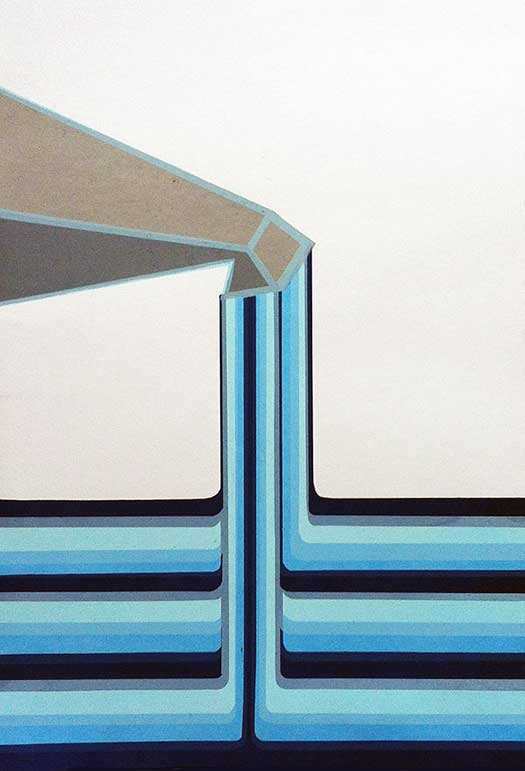
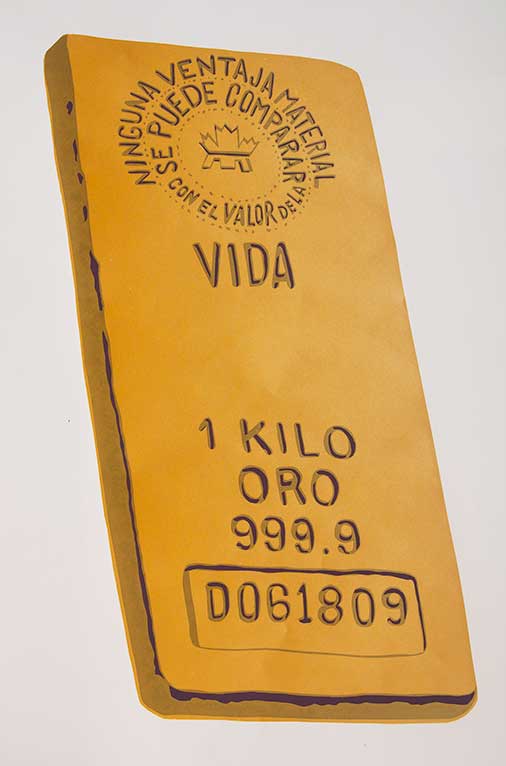

What a post!! Very interesting… Looking for more posts like this!! Keep up the good work!
Anyway thank you for this blog.